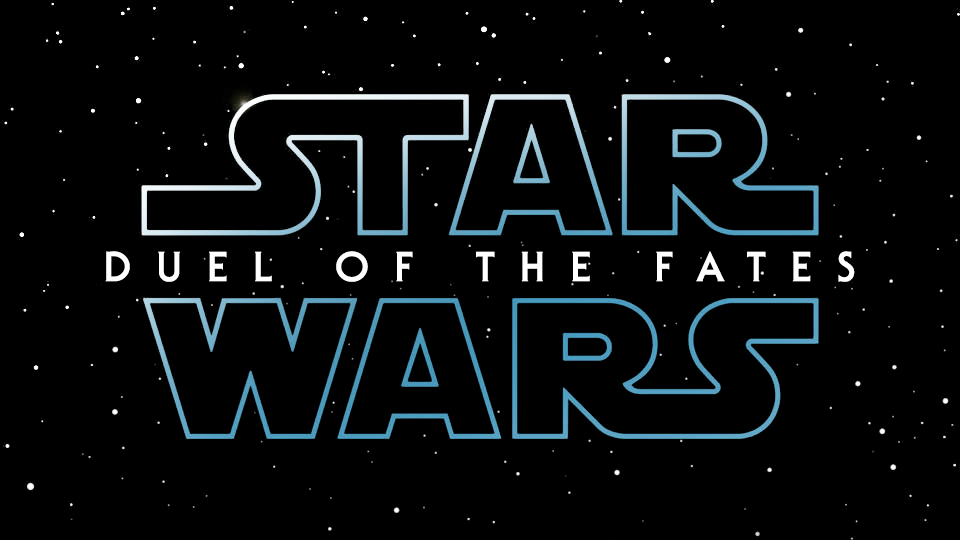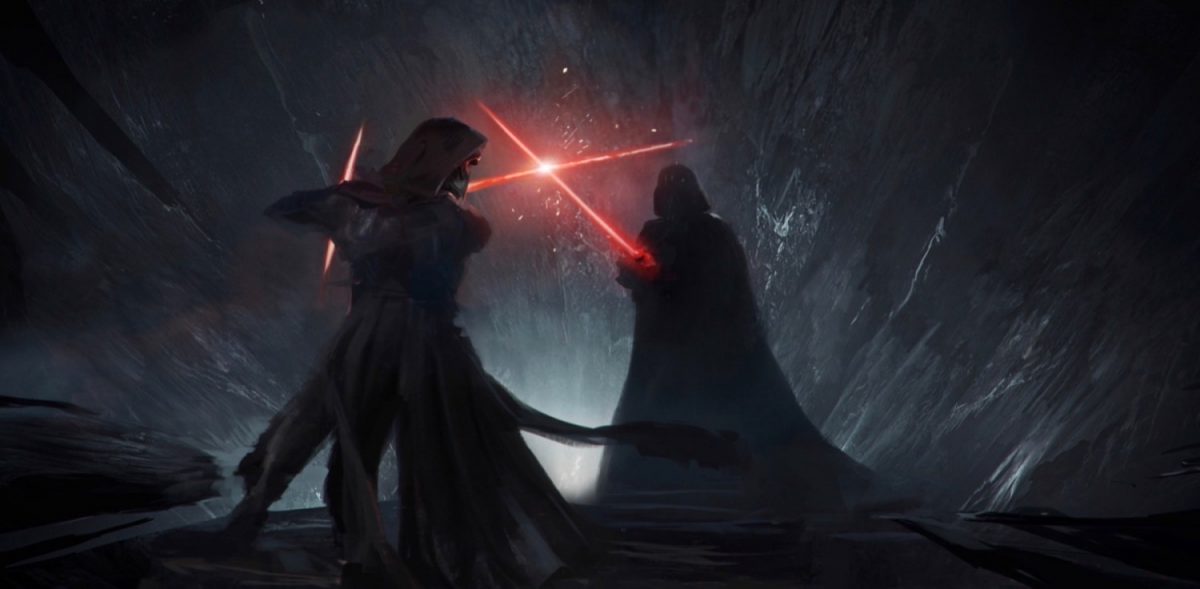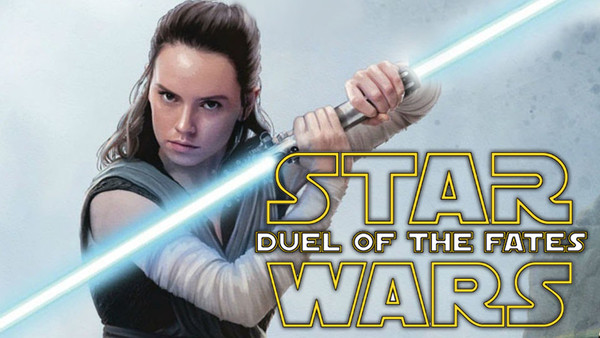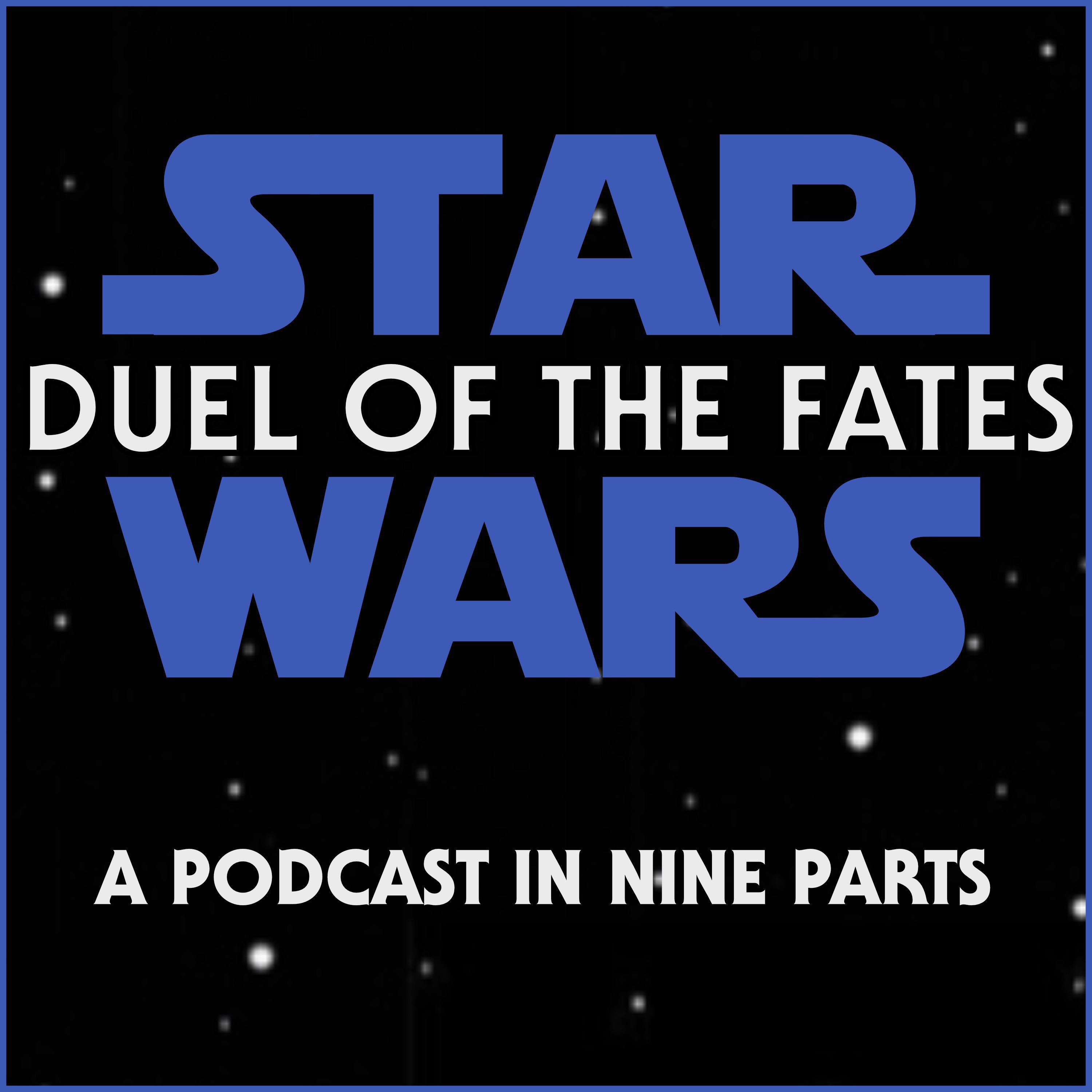
The Star Wars films have given Williams an ideal canvas for these catchy, orchestral folk songs: Lucas’s operatic series is overtly larger-than-life, inspired by grandiose antecedents in film, classical music, and literature. He accomplished this earlier with Luke’s theme, the Force theme, the Imperial March, Han and Leia’s theme - to say nothing of the hundred other melodies he’s written for films that most people could hum from memory. Why this theme works so well, and why it transcends the film it was written for, speaks to the composer’s genius at writing earworm tunes that feel like primal, eternal music echoing from the beginning of time. But as the theme’s title indicates, it’s about much more than a single sword fight.

This Lucasian liturgical mass accompanies the lightsaber duel that ensues, motored along by a rippling string ostinato, with low woodwinds, then French horns stacking gravity on the melody before it erupts into a tiered, almost frenzied chorale. As Qui-Gon Jinn (Liam Neeson) and Obi-Wan Kenobi (Ewan McGregor) lead a heist into the occupied palace of Naboo, the giant doors of its hangar bay open to reveal Maul in all his demonic glory - his appearance heralded by a dark brass fanfare pumping out the opening notes of Williams’s pagan anthem for orchestra and choir. But the theme that came closest to achieving the pop-culture invasion that “The Imperial March” did in the previous Star Wars cycle was the one Williams boldly dubbed “Duel of the Fates.”

The prequels are chock-full of now-classic melodies, including Anakin’s innocent theme (with its hidden references to Darth Vader’s march), the bittersweet love theme (“Across the Stars”) for Anakin and Padme, and the epic choral showdown “Battle of the Heroes” from Revenge of the Sith.

At last we will have revenge.”Īnother element that (almost) no one complains about is John Williams’s music, three epic scores added to his soon-to-be eight-cycle space opera.

He gets one of the best lines of the movie, delivered in Peter Serafinowicz’s British baritone: “At last we will reveal ourselves to the Jedi. The badass Sith lord - red-and-black war paint obscuring his entire head, which is protected by a crown of dinosaurian horns, girded in a billowing black cloak and armed with a red, double-bladed lightsaber - cuts a terrifying figure from the moment he’s introduced in The Phantom Menace, brooding next to the future Emperor Palpatine. In the lead-up to Star Wars: The Last Jedi, we look back at the first Jedi (narratively speaking) with a series of stories about the much-beloved and never-disparaged prequel trilogy.ĭarth Maul is one of the few elements in George Lucas’s Star Wars prequels to be almost universally admired.


 0 kommentar(er)
0 kommentar(er)
